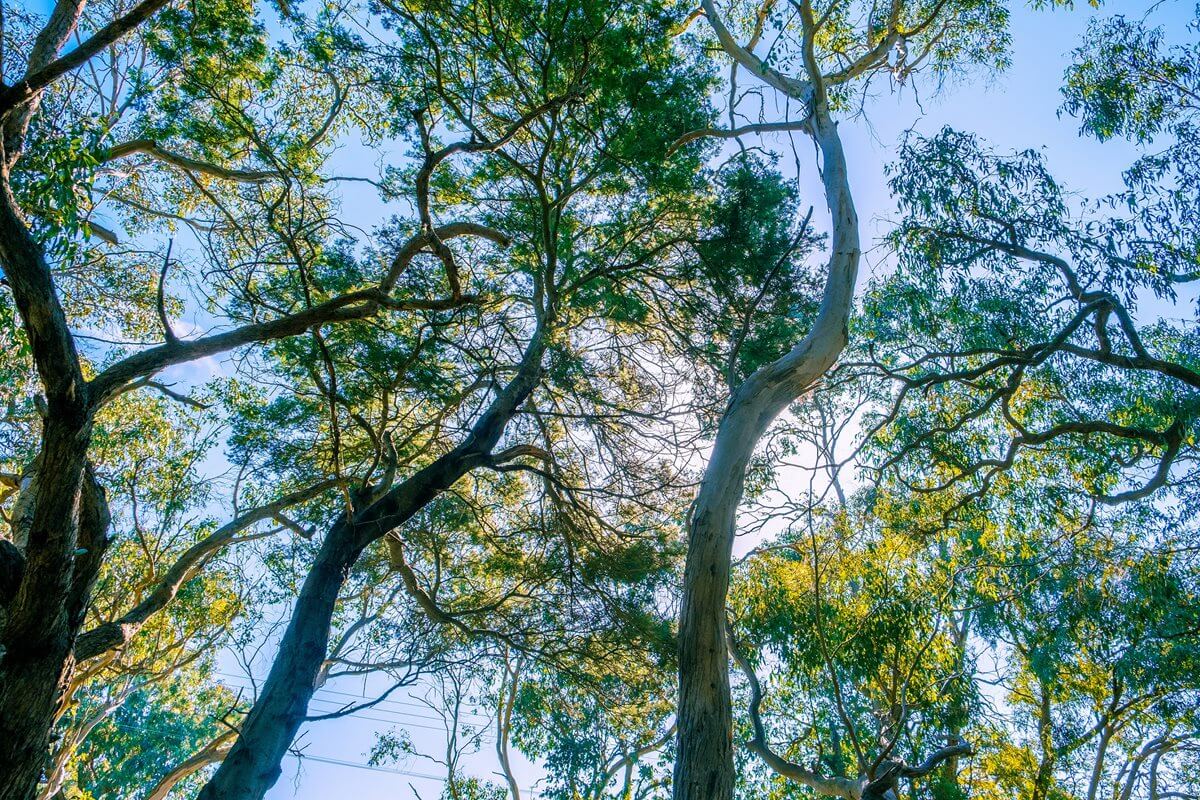

Not only is steel the solution for adapting and extending the life of existing structures, steel members themselves can be recovered and reused at the end of the life of that structure.
The built environment is a significant contributor to greenhouse gas emissions, through both the operational energy of building stock and the embodied carbon associated with construction materials. As more renewable energy and more energy efficient buildings are introduced, the relative impact of embodied carbon increases. In the case of steel, the supply chain is undertaking a comprehensive range of measures designed to achieve net zero carbon emission manufacturing processes. These will be progressively implemented over the short, medium, and long term, as new technologies are commercialised.
Meanwhile there is increasing focus on utilising circular economy principles in construction (reduce, reuse, recycle, remanufacture) to reduce emissions attributed to the built environment, which when attributed to building materials could reduce global CO2 emissions by 38% in 2050 according to the Ellen Macarthur Foundation. (https://www.ellenmacarthurfoundation.org/topics/built-environment/overview).
This concept / opportunity has been realised by the Australian Government and other leaders resulting in the development of regulation in this area. The Circular economy, built environment & embodied carbon industry forum that reports to the Federal Circular Economy Ministerial Advisory Group has been tasked with defining a set of recommendations for the implementation circular economy principles in the built environment through policy. Leading bodies such as the Green Building Council of Australia report a 40% reduction of embodied carbon in buildings can achieved by reusing existing buildings or by using reused components or low carbon materials are part of all new building elements, and that by 2030 Green Star buildings are expected to achieve this goal. (source: https://www.gbca.org.au/get/resources/2229/C770DF2694C32D3179AA65F674ACB9CD)
An application of circular economy principles to achieve incremental reduction of carbon emission intensity for steel in the short to medium term, is the increased utilisation of recycled scrap steel in the steel manufacturing process[1]. Production of steel using recycled scrap requires approximately one eighth to one quarter of the energy needed for production of steel from virgin raw materials. However, whilst the recycling of scrap construction materials is essential to improve sustainability and reduce embodied carbon, the actual re-use of materials in their original state provides a much more significant impact.
There are some examples of buildings that have intentionally been designed for deconstruction and reuse in another location, but these are relatively few. In the main, the reuse of construction materials has been limited to opportunistic reclamation of selected components from demolished structures. Reclamation tends to be labour intensive, and therefore costly, and the percentage of the demolished structure that is reclaimed is typically relatively small. Depending on the original construction method employed and the structural condition of an end-of-life building, it can also be problematic to safely reclaim specific materials. When buildings are intentionally designed for eventual reuse, potentially at another location, this represents the best achievable sustainability outcome, with an optimised circular economy approach.
Structural steel reuse https://steel-sci.com/reduce-and-progress.html
Innovate project https://steel-sci.com/innovate-project.html
A Prefabrication Industry Roadmap 2023-2033 https://www.prefabaus.org.au/industry-roadmap
Adoption of Design for Manufacturing Assembly in Prefab Construction: Member only library resource
Design Note 6 Design for deconstruction View document
Net-zero buildings: Halving construction emissions today View document
Galvanized steel and sustainable construction: solutions for a circular economy View document
Overcoming barriers to the reuse of construction waste material in Australia: a review of the literature Member only library resource
Encapsulating sustainability principles for structural design of buildings Member only library resource
Sustainable Structural Design: Conceptual Design of Adaptable Commercial Buildings Member only library resource